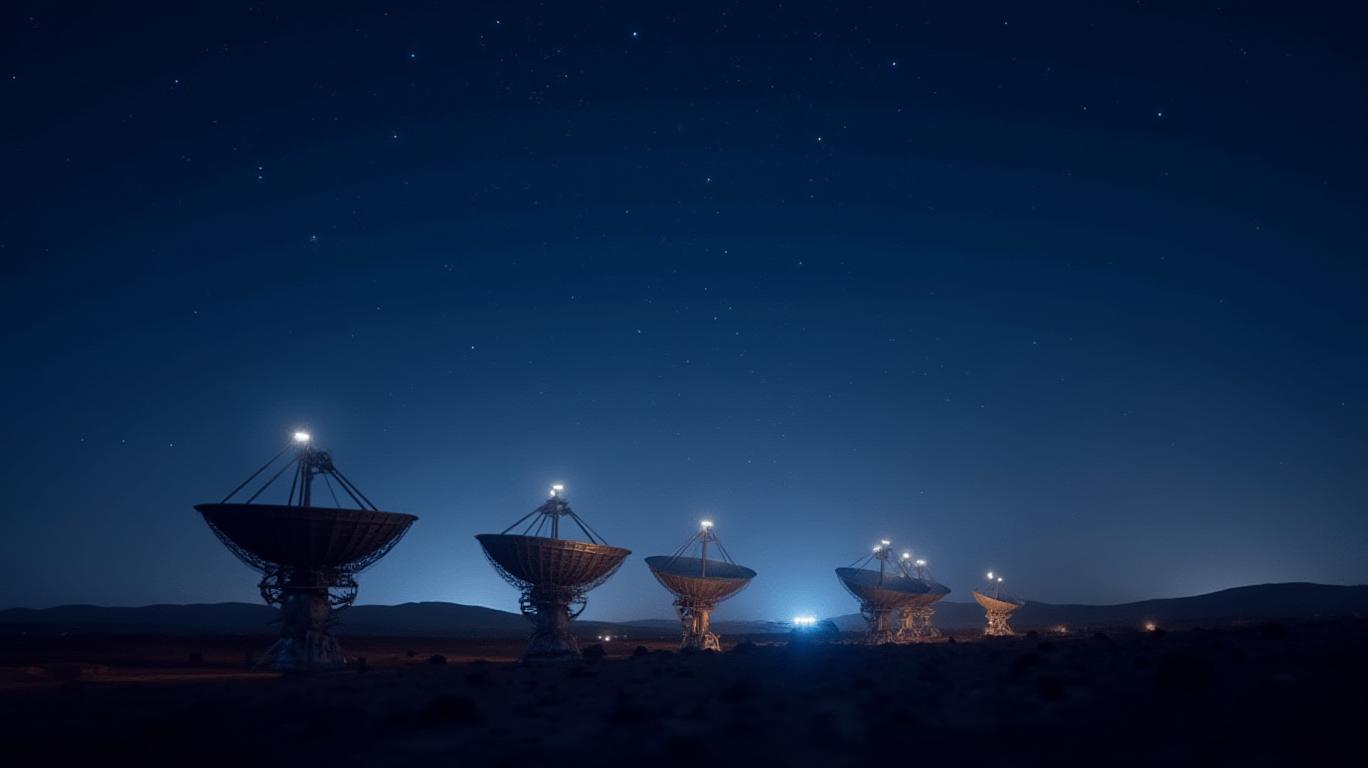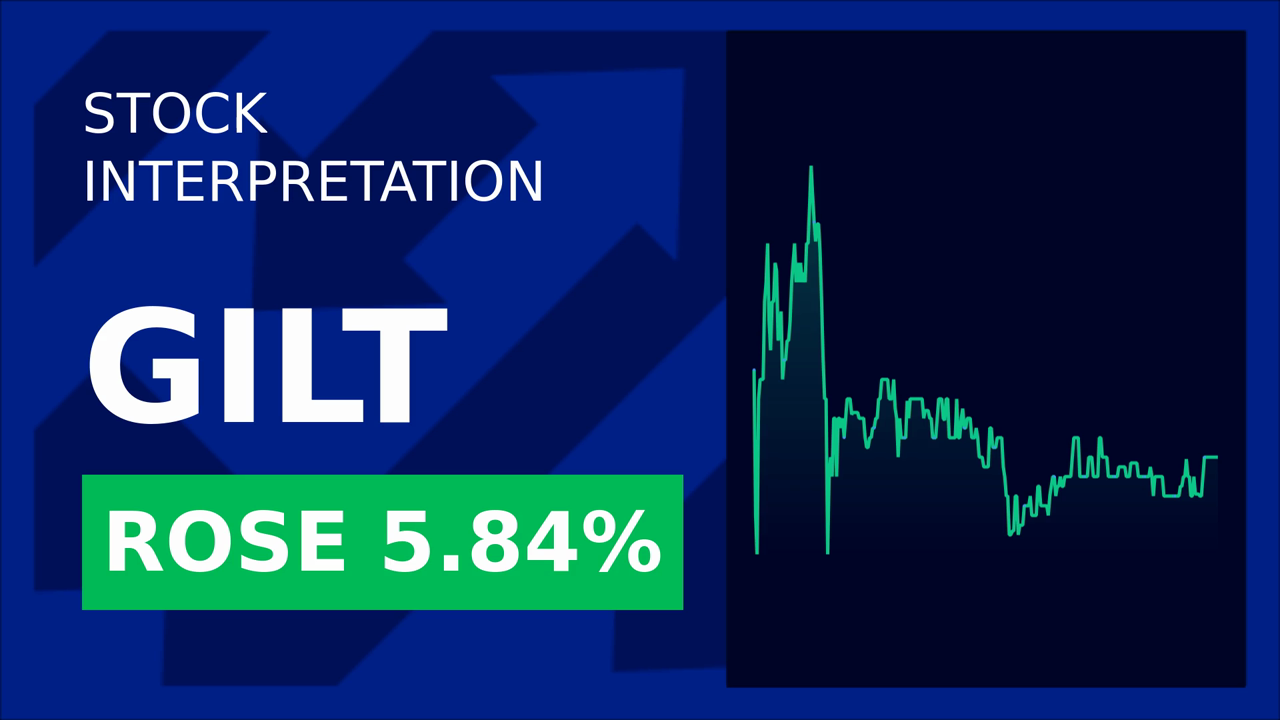Gilat Satellite Networks: Navigating a Satellite Communications Surge with Strategic Orders
Gilat Satellite Networks (NASDAQ: GILT) has secured over $15 million in new orders from leading satellite operators, a milestone that underscores its growing influence in an industry poised for exponential expansion. The orders, which include contracts with major global operators, signal a surge in demand for advanced satellite communication solutions—a trend Gilat is uniquely positioned to capitalize on.

The Satellite Communications Renaissance
The satellite industry is undergoing a renaissance, driven by rising demand for broadband connectivity in remote areas, military applications, and the IoT-driven need for seamless global data transmission. According to a report by MarketsandMarkets, the global satellite communications market is projected to grow at a compound annual growth rate (CAGR) of 8.7% through 2030, reaching $65 billion. Gilat’s recent orders align with this trajectory, as operators invest in high-throughput satellite (HTS) infrastructure and ground systems to meet this demand.
Gilat’s Competitive Edge
Gilat distinguishes itself through its VSAT (Very Small Aperture Terminal) technology and end-to-end solutions for satellite operators. The company’s systems enable reliable, high-speed connectivity even in challenging environments, making it a go-to partner for defense, maritime, and energy sectors. The $15 million orders reflect not only Gilat’s technical prowess but also its ability to secure long-term contracts with industry leaders—a validation of its reputation.
Crucially, Gilat’s modular and scalable solutions allow operators to expand their networks incrementally, reducing upfront costs and operational risks. This flexibility is particularly attractive as satellite operators balance capital expenditures with the need to serve emerging markets.
Financial and Investment Implications
While Gilat’s exact financial details are not disclosed, the $15 million order represents a meaningful increment to its annual revenue. In 2022, Gilat reported $52.5 million in revenue, suggesting this new business could boost growth by over 25% if realized fully. Historically, Gilat’s stock has demonstrated volatility tied to industry cycles, but its recent performance hints at renewed investor confidence.
The stock’s 30% year-to-date gain, outpacing broader tech indices, reflects market optimism about its role in the satellite boom. Analysts have highlighted Gilat’s potential to leverage partnerships with satellite manufacturers like Boeing and Thales Alenia Space, further solidifying its supply chain advantage.
Risks on the Horizon
Despite the positives, challenges remain. Competition from giants like Harris Corporation and SES, coupled with geopolitical tensions impacting defense contracts, could pressure margins. Additionally, delays in satellite launches or regulatory hurdles in key markets might slow order fulfillment.
Conclusion: A Satellite-Driven Investment Play
Gilat’s recent orders mark more than a short-term win—they signal a strategic foothold in a high-growth sector. With the satellite industry’s CAGR of 8.7% and Gilat’s proven ability to deliver critical infrastructure, the company is well-positioned to benefit from both commercial and government spending.
Investors should monitor Gilat’s order backlog, gross margins, and R&D investments in next-gen solutions like low-Earth-orbit (LEO) satellite integration. If the company can sustain its current momentum, its stock could mirror the sector’s upward trajectory, potentially delivering double-digit returns over the next three years. For those betting on the skyward trajectory of satellite communications, Gilat’s blend of technology and execution makes it a compelling play.

_b905d9341749265671656.jpg)









